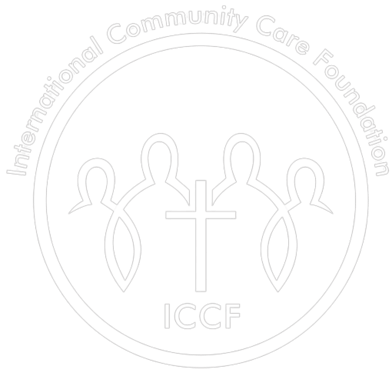The COVID-19 pandemic brought unprecedented challenges across the globe, impacting livelihoods and communities in ways many had never imagined. As cities went into lockdown and businesses shuttered, a surge of compassion emerged, leading to remarkable initiatives aimed at supporting those in need. One of the most significant efforts was the distribution of food packets to vulnerable populations.
The Need for Food Security
As the pandemic unfolded, millions found themselves facing food insecurity for the first time. Daily wage workers, small business owners, and marginalized communities were hit hardest. The stark reality of empty plates became a pressing issue, prompting many organizations, local governments, and volunteers to step up and provide support. The need for food became a rallying cry for community solidarity.
Mobilizing Resources
In response, various NGOs and grassroots organizations sprang into action. They began mobilizing resources, gathering donations, and organizing volunteers to distribute food packets. These initiatives were not only about providing immediate relief; they were also about restoring dignity and hope in the face of adversity.
Distribution Efforts: A Community Response
The logistics of food packet distribution were a monumental task. Teams worked tirelessly to source food items, package them, and identify communities in need. Local volunteers played a crucial role, often risking their own health to ensure that food reached the most vulnerable. From urban slums to rural villages, these efforts touched lives across socioeconomic divides.
Many initiatives partnered with local businesses, farms, and food banks to create balanced meal packets. In some cases, they even provided cooking demonstrations, sharing recipes to help families make the most of the supplies they received. This not only addressed immediate hunger but also fostered community engagement and education.
Challenges Faced
Despite the best efforts, challenges abounded. Lockdowns restricted movement, supply chains were disrupted, and some communities were hard to reach. Miscommunication and lack of awareness sometimes led to inequalities in distribution. Yet, the resilience of volunteers and organizers shone through as they adapted to these hurdles, finding innovative solutions to ensure that no one went hungry.
Impact and Stories of Resilience
The impact of food packet distribution was profound. Countless stories emerged of families who received life-saving assistance. Many shared how a simple food packet not only filled their stomachs but also reignited their sense of community. From children smiling as they opened their packets to elderly individuals expressing gratitude for the help, these moments underscored the power of collective action.
Looking Forward
As the world begins to recover from the pandemic, the lessons learned from food distribution efforts remain vital. The importance of community support and food security must continue to be prioritized. Many organizations are now focusing on sustainable solutions, such as community gardens and food co-ops, to empower local residents and reduce future vulnerabilities.
Conclusion
The distribution of food packets during the COVID-19 pandemic was more than just a response to hunger; it was a testament to human resilience, compassion, and solidarity. As we move forward, let us remember the connections forged during this time and strive to build a world where everyone has access to nutritious food, no matter the circumstances. Together, we can create a future where food security is a fundamental right for all.

